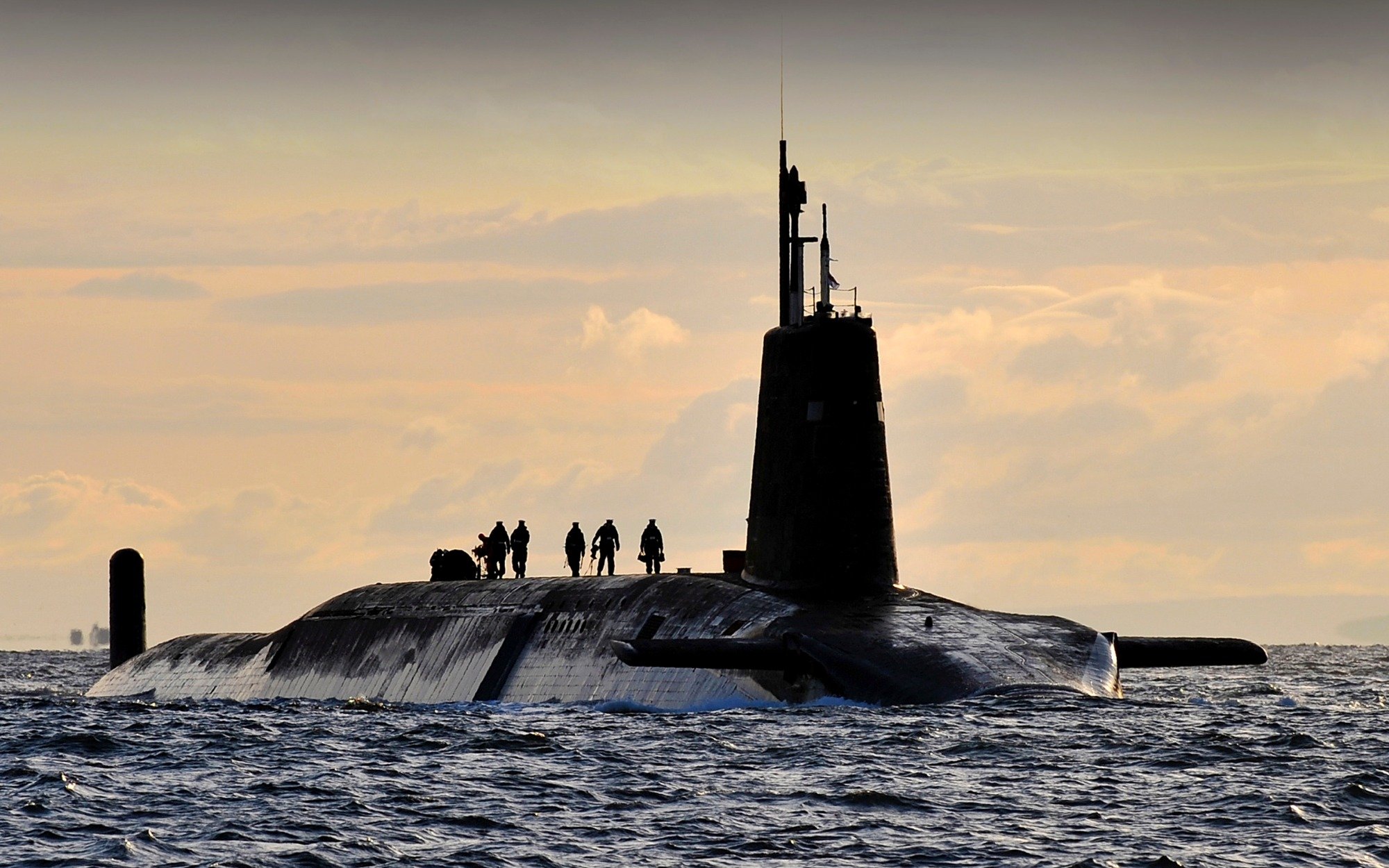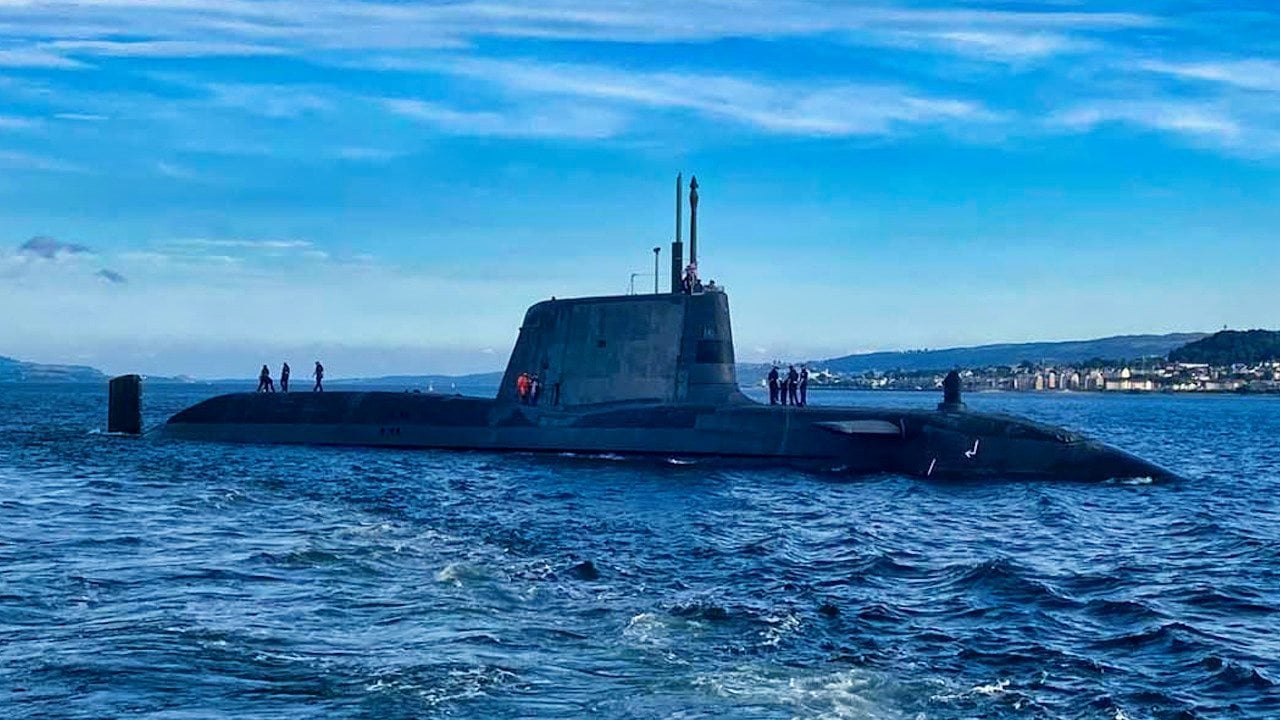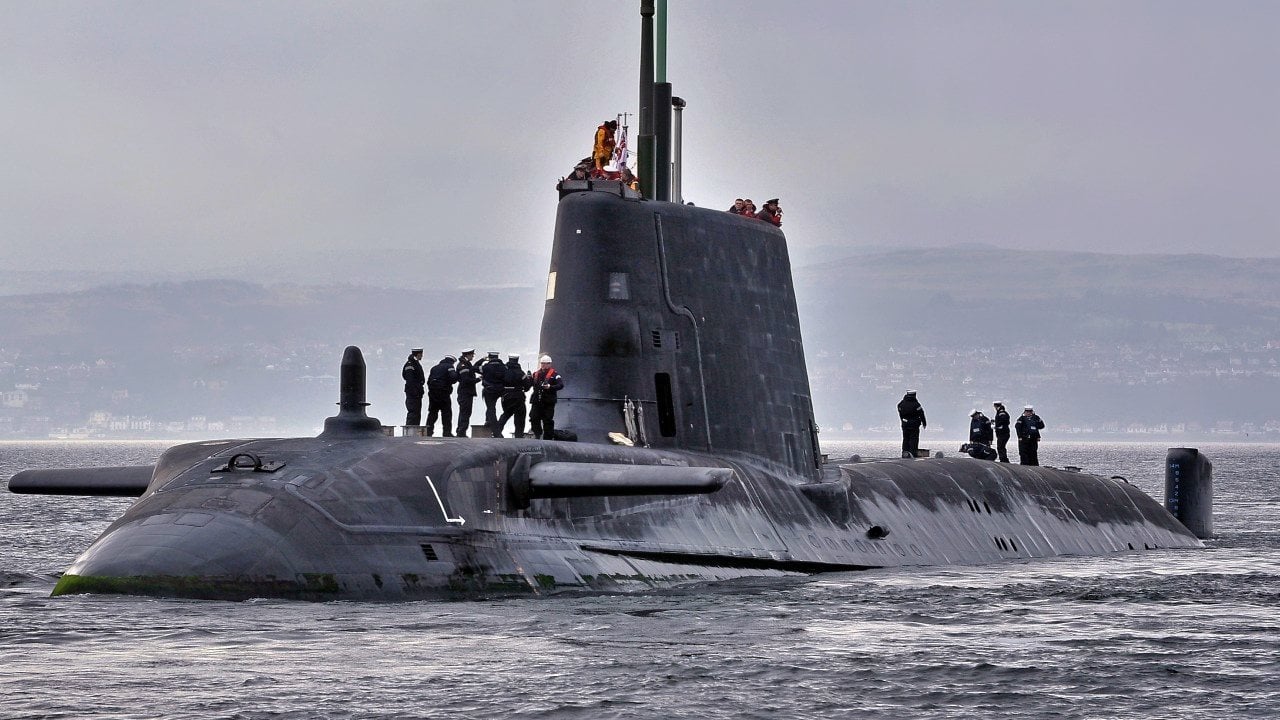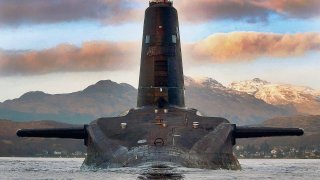The Royal Navy's Vanguard-Class Submarine Nightmare Has Just Begun
Britain's Vanguard-class nuclear-powered ballistic missile submarines, commissioned in the 1990s to replace the Polaris-equipped Resolution-class, are crucial for maintaining the country's continuous at-sea deterrent (CASD) posture.
Summary and Key Points: Britain's Vanguard-class nuclear-powered ballistic missile submarines, commissioned in the 1990s to replace the Polaris-equipped Resolution-class, are crucial for maintaining the country's continuous at-sea deterrent (CASD) posture.

-Despite their impressive capabilities, these subs have faced controversies, including collisions and maintenance issues. Britain's strategic vision and post-industrial challenges have compounded these problems, raising concerns about the fleet's sustainability.
-With the first Dreadnought-class replacement not expected until the 2030s, the Vanguard-class subs must remain operational longer than intended, highlighting the need for a clearer defense strategy and increased investment in submarine capabilities.
The Struggles and Strengths of Britain's Vanguard-Class Nuclear Submarines
Although a medium-sized power, Britain is a nuclear weapons-armed state. A key component of Britain’s nuclear capabilities is the Vanguard-class nuclear-powered ballistic missile submarine (SSBN) operated by the British Royal Navy.

There are only four Vanguard-class subs in operation today, and they were designed initially in the 1980s to replace the aging Polaris-equipped Resolution-class nuclear submarines that defined the British Royal Navy throughout the Cold War.
The first Vanguard-class submarine, HMS Vanguard, was commissioned in 1993.
Some Interesting Points
These subs were constructed by Vickers Shipbuilding and Engineering (now BAE systems) at the Barrow-in-Furness Shipyard in Cumbria, England. They were designed to carry the Trident II/D5 missile, a submarine-launched ballistic missile capable of delivering multiple independently targetable re-entry vehicles. Each Vanguard-class submarine can carry up to 16 Trident II missiles with multiple nukes on top.
They are legendary mass killing machines.
The Vanguard-class sub is powered by a single Rolls-Royce PWR 2 nuclear reactor, providing virtually unlimited range and endurance. They can accommodate a crew of 135 officers and sailors. These subs are designed to operate for extended periods at sea, maintaining a continuous at-sea deterrent (CASD) posture that is vital for Britain’s national defense.
A Vanguard-class SSBN displaces 14,900 tons and, when submerged, can displace 15,900 tons. Such a boat has a length of 491 feet, 10 inches, a beam of 42 feet, and a draught of 39 feet, four inches.
Currently, all four Vanguard-class SSBNs are in service with the Royal Navy.
Vanguard-class Complications
While these submarines are impressive, they have suffered through controversy. About a decade ago, poor seamanship led a Vanguard-class submarine to crash into an allied French submarine underwater. Similarly, another incident occurred in which a bad depth measurement nearly led to one of these boats sinking with all hands. Thankfully, a secondary depth finder gave an accurate reading of the ship’s true depth, allowing for the crew to correct and save the ship.
Britain is also struggling with an identity crisis.
On the one hand, they have their imperial legacy. On the other, Britain is not an imperial superpower anymore. Further, they are no longer part of the supranational European Union. They have become a small, independent country that needs to better define its overall strategic objectives.
Submarines are expensive. In fact, modern militaries are expensive. Britain is struggling, like so many other Western nations, to maintain a reliable fighting force. This is partly because of limits of resources and bad leadership. It’s also because Britain is much smaller than other countries and is inherently limited.
Britain’s Post-Industrial Mistakes Catch Up with Them
Beyond that, Britain is a post-industrial country. It has difficulty sustaining physical platforms that are highly complex and require gobs of money to build and maintain. There are several woes afflicting the Vanguard-class submarine fleet. These problems include complications in Britain’s ability to maintain these boats and refit them as needed. The Vanguards are old and require expensive maintenance and refit schedules to remain in fighting shape.
For example, HMS Vanguard recently returned to service in the Royal Navy after a seven-year-long refit – a refit significantly longer than originally planned. Thus, concerns have arisen from British leaders about the availability of the fleet and ability to maintain CASD.
The Royal Navy is invested in building the Dreadnought-class SSBN as a replacement for the Vanguard class. But the first vessel in the class, HMS Dreadnought, is not expected to enter service until the 2030s, meaning Vanguard-class subs will need to remain operational for several more years, probably longer than their designers ever intended.
General Decline
Also at issue is a decline in the quality of the Royal Navy sailors. Because of increased operational tempo (and not having enough of these units on hand), reports have surfaced over recent years about significant declines in crew well-being and morale aboard these SSBNs. Indeed, one of Britain’s Vanguard-class subs recently returned from a record-breaking tour of over half a year at sea, raising questions about the sustainability of such deployments.
Overall, significant capabilities gaps have formed in Britain’s undersea fleet. Not only with the Vanguard class, but also with Astute-class attack submarines.

If British leaders had a cogent vision for what they wanted British military power to achieve, they would find a way to build submarines in greater numbers, which is what they need. But British leadership still thinks they’re running an empire. The elite in London’s government clearly believe that their military can do everything, everywhere, all at once. But, they are wrong. And Britain’s submarine force is showing dangerous signs of decline as a result of this faulty thinking.

Author Experience and Expertise: Brandon J. Weichert
Brandon J. Weichert, a National Interest national security analyst, is a former Congressional staffer and geopolitical analyst who is a contributor at The Washington Times, the Asia Times, and The-Pipeline. He is the author of Winning Space: How America Remains a Superpower, Biohacked: China’s Race to Control Life, and The Shadow War: Iran’s Quest for Supremacy. His next book, A Disaster of Our Own Making: How the West Lost Ukraine, is due October 22 from Encounter Books. Weichert can be followed via Twitter @WeTheBrandon.
All images are Creative Commons or Shutterstock.
From the Vault
Russia Freaked Out: Why the U.S. Navy 'Unretired' the Iowa-Class Battleships
Battleship vs. Battlecruiser: Iowa-Class vs. Russia's Kirov-Class (Who Wins?)


